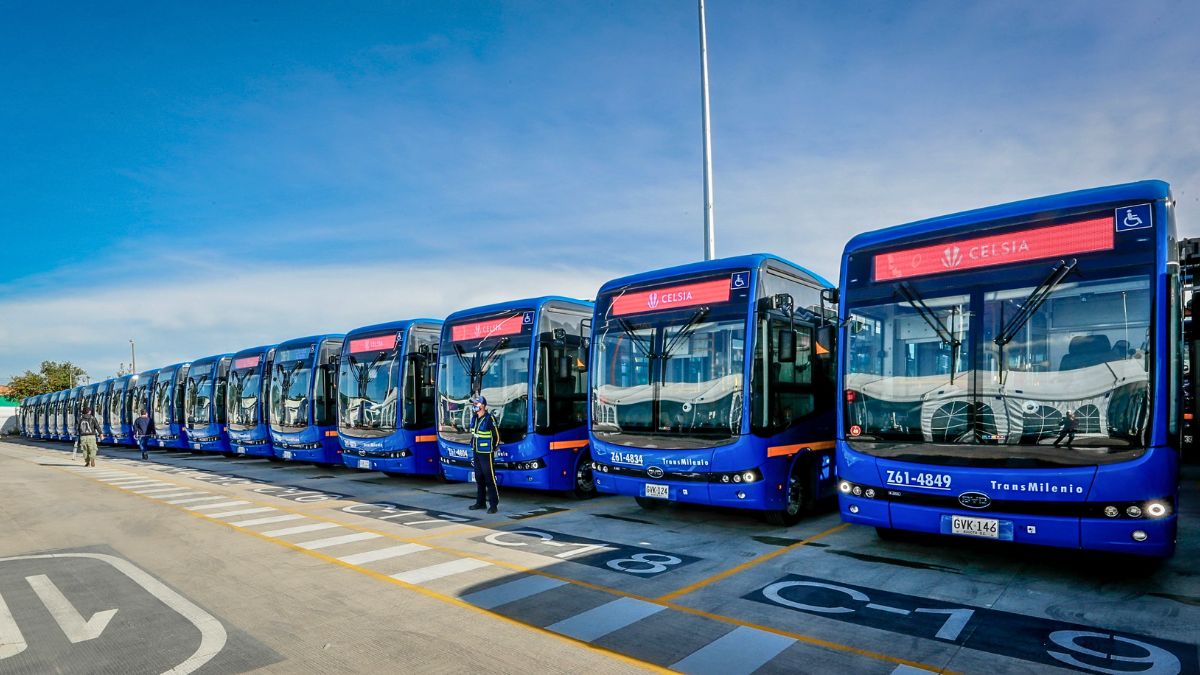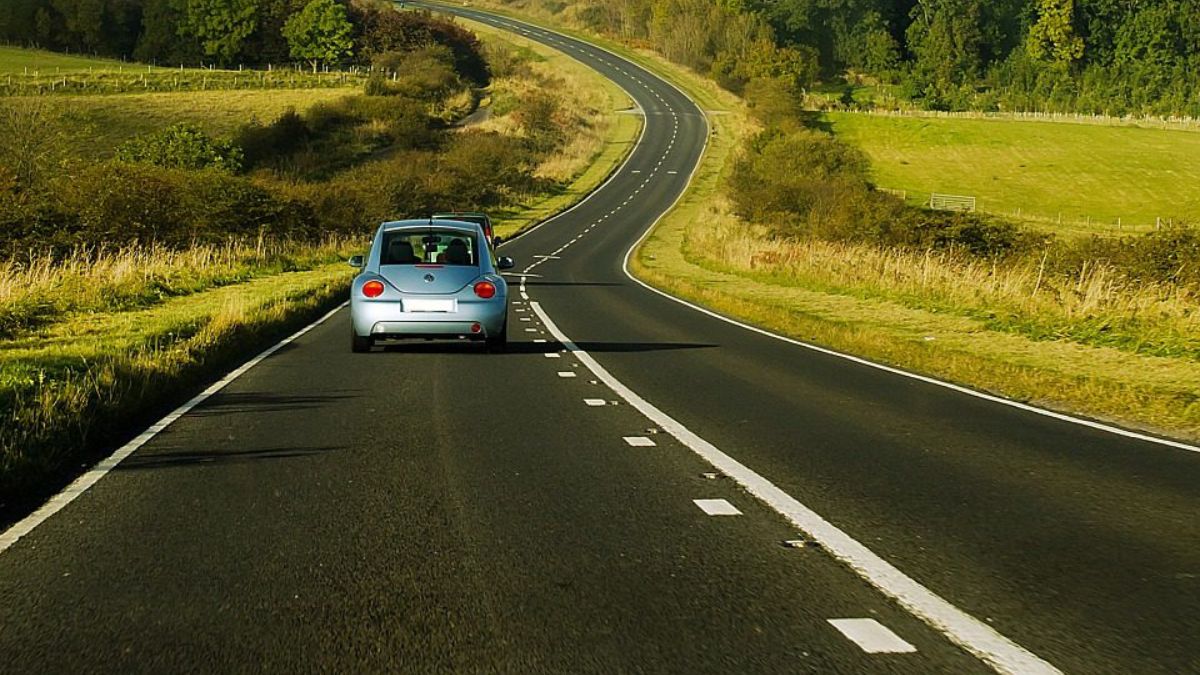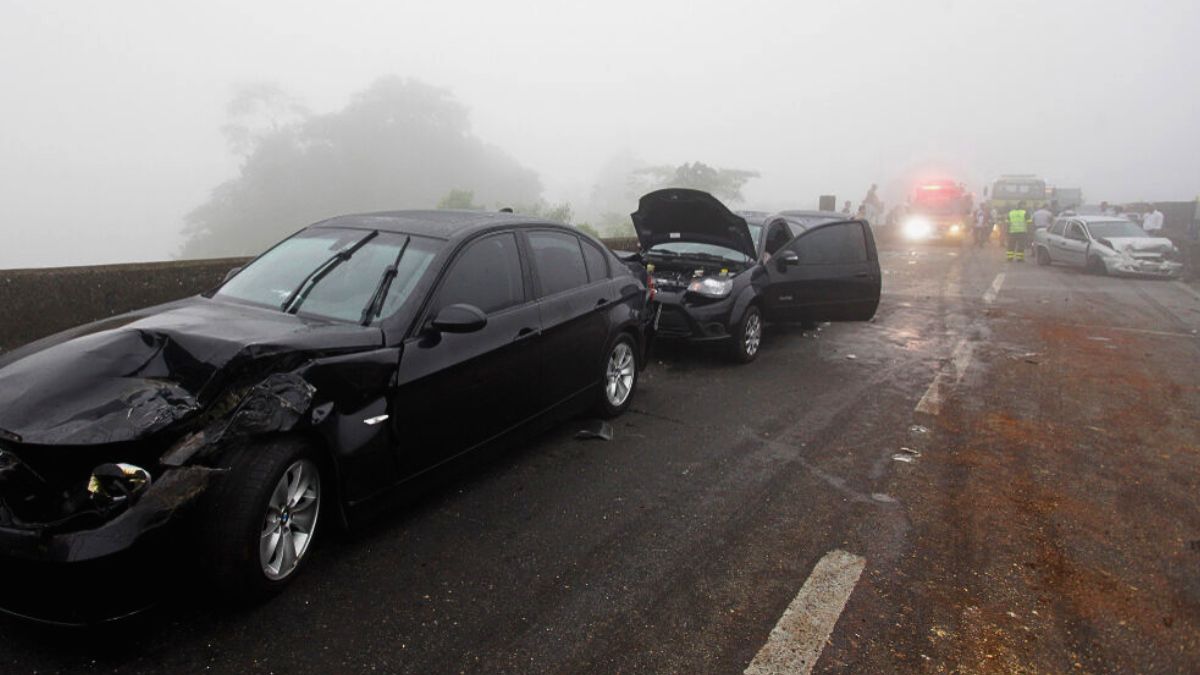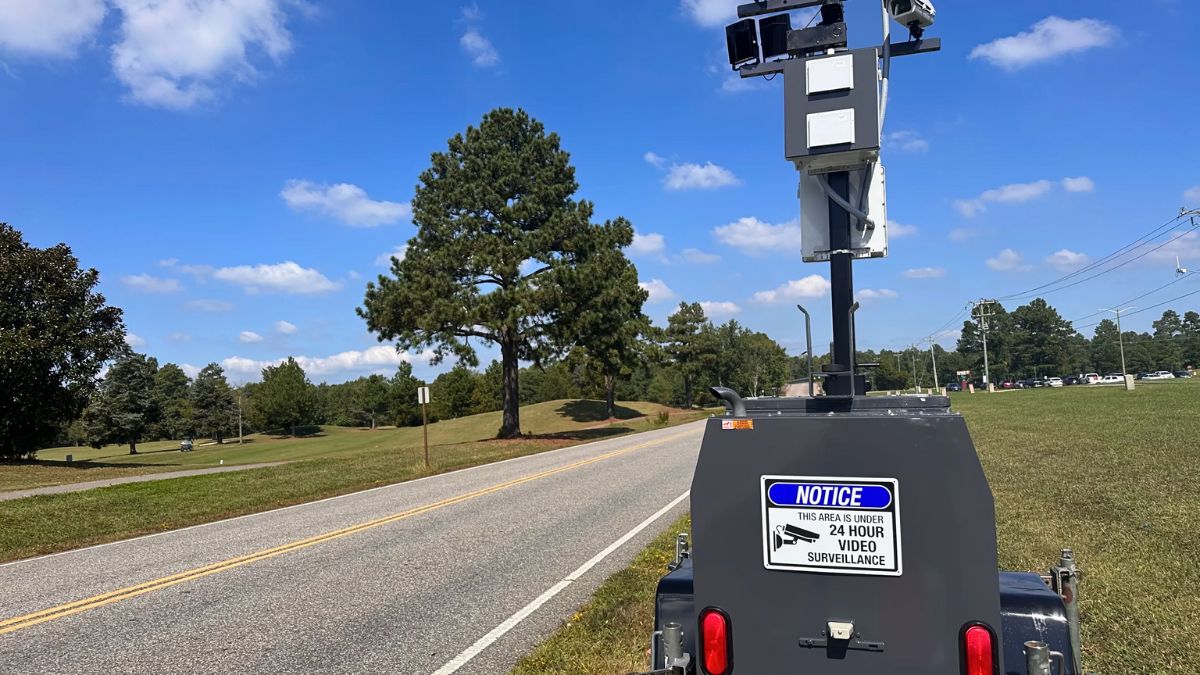Electric buses are no longer just futuristic concepts—they’re showing up in cities and towns all across the United States. Quiet, clean, and surprisingly efficient, these battery-powered vehicles are transforming public transportation in ways that benefit not just riders, but entire communities.
So how exactly are electric buses reshaping the way we get around? Let’s break it down.
Emissions
The biggest win? Zero tailpipe emissions. Unlike diesel buses, electric buses don’t produce harmful exhaust. That means fewer greenhouse gases and lower air pollution, especially in crowded urban areas where traditional buses used to choke intersections with black smoke.
Cities like Los Angeles, Seattle, and New York have already begun phasing out diesel fleets in favor of electric ones. It’s not just about climate goals—it’s about cleaner air for everyone.
Cost
Electric buses cost more upfront, but over time, they can actually save money. A new diesel bus might run about $500,000, while an electric one can reach $700,000 or more. But the savings come from:
- Lower fuel costs (electricity is cheaper than diesel)
- Fewer moving parts (less maintenance)
- Longer lifespan for certain components
Many agencies are also tapping into federal grants, like those from the Federal Transit Administration’s Low or No Emission Vehicle Program, to offset purchase costs.
Noise
Ever notice how loud a traditional bus is when it pulls away from a stop? Electric buses are whisper-quiet. That makes a real difference in reducing noise pollution in busy neighborhoods, near schools, or downtown corridors.
Riders enjoy a smoother, quieter experience. And for drivers, less vibration and engine noise means a more comfortable workday.
Range
Early electric buses had limited range, but that’s changing fast. Today’s models can often go 150–250 miles on a single charge, enough to handle most city routes without a problem.
Transit agencies are getting smart about charging, too. Many use overnight depot chargers, while others are experimenting with on-route fast charging—brief pit stops that top up the battery in minutes during layovers.
Adoption
More cities and states are making bold moves. California leads the pack with a state mandate requiring all public buses to go zero-emission by 2040. But they’re not alone. Here are a few adoption highlights:
| City/Agency | EV Bus Goals |
|---|---|
| Los Angeles Metro | 100% electric by 2030 |
| Seattle King County | 100% zero-emission fleet by 2035 |
| NYC MTA | 500+ EV buses by 2027 |
| Washington, D.C. | Fully electric by 2045 |
| Richmond, VA | Rapid adoption on select routes |
Smaller cities are joining in, too—especially those with high air quality concerns or access to renewable power.
Future
The future of public transit is electric, and it’s coming fast. As battery tech improves and prices drop, expect to see more electric buses in rural towns, on school routes, and even in long-distance transport.
Manufacturers like Proterra, BYD, and New Flyer are racing to build better, longer-lasting electric buses. And riders are noticing—especially those who care about sustainability and quieter, more comfortable travel.
Electric buses are doing more than moving people. They’re changing the vibe of our cities, cutting pollution, and pointing toward a cleaner, smarter future for American transit.
FAQs
Do electric buses produce emissions?
No, they have zero tailpipe emissions.
Are electric buses more expensive?
Yes upfront, but cheaper to maintain and fuel.
How far can electric buses travel?
Most can go 150–250 miles per charge.
Which U.S. city leads in EV buses?
Los Angeles is a national leader in adoption.
Are electric buses quieter?
Yes, they run much more quietly than diesel buses.

















